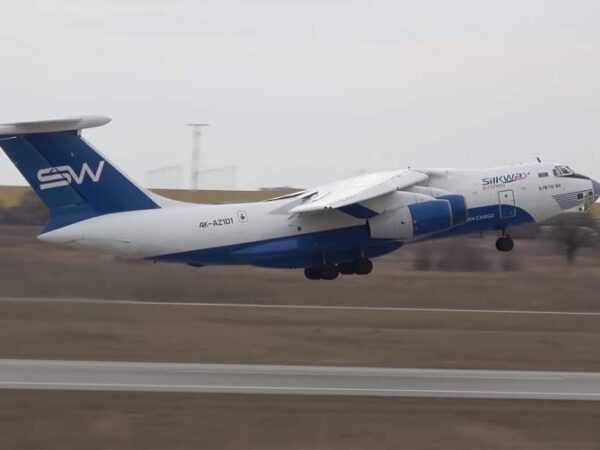When we step onto an airplane, we often anticipate the in-flight meals that will accompany our journey. But have you ever wondered how these meals are prepared at thousands of feet above the ground?
Cooking on an airplane is no ordinary task; it involves overcoming unique challenges to ensure a safe and satisfying dining experience for passengers. In this article, we will delve into the intricacies of in-flight cooking and explore the behind-the-scenes efforts that go into preparing meals on an airplane.
Food Preparation on the Ground
Before the plane takes off, meticulous planning and preparation occur on the ground. Meal planning and menu development take place in collaboration with culinary experts and airline caterers. Careful consideration is given to factors such as taste, nutrition, and presentation. Ingredient selection and sourcing are also vital to ensure the availability of fresh and high-quality products.
In dedicated catering facilities, meals are prepared adhering to strict safety and hygiene regulations. Chefs employ specialized cooking techniques and equipment to create delicious and visually appealing dishes. Once cooked, the meals are packaged and stored appropriately to maintain their quality and freshness.
Onboard Kitchen Facilities
The onboard kitchen, known as the galley, poses its own set of challenges. The galley is designed with limited space and equipped with compact appliances tailored for aviation use. A modern trend in the airplane galley is hydroponic systems that allow to have fresh herbs directly on board.
The safety of passengers and crew members is paramount, so the galley is designed to prevent accidents and ensure smooth operations during the flight.
In-Flight Cooking Process
When it’s time for meal service, the crew springs into action. Meal assembly and final preparation are carried out using the pre-prepared ingredients from the catering facility. Heating methods and equipment like ovens and steamers are used to warm the meals onboard.
However, cooking at high altitudes presents unique challenges. The reduced air pressure and humidity affect the cooking process, leading to adjustments in cooking times and temperatures. Chefs must adapt their techniques to achieve the desired results in this distinctive environment.
Ensuring food safety and quality is of utmost importance during in-flight cooking. Strict protocols are followed to handle and reheat food, and temperature monitoring is carried out regularly to prevent any compromise in taste or safety.
Special Dietary Requirements
Airline companies recognize the diverse dietary needs of passengers and make efforts to cater to special requirements. From vegetarian and vegan meals to gluten-free and kosher options, the galley prepares specialized meals to accommodate various dietary preferences and restrictions.
Collaboration with Cabin Crew
The successful execution of in-flight cooking relies on seamless communication and coordination between the galley and the cabin crew. The kitchen staff works closely with the cabin crew to ensure that meals are served efficiently and promptly to passengers. Furthermore, proper handling of food waste and cleaning protocols are followed to maintain cleanliness and hygiene onboard.
Future Innovations in Airplane Cooking
Advancements in technology and a growing focus on passenger experience are driving innovations in airplane cooking. Galley designs and equipment are being improved to maximize efficiency and optimize space utilization. Additionally, technology is being harnessed to enhance the meal preparation process, leading to more streamlined operations and increased culinary possibilities.
Do they cook first class meals on the plane?
Yes, first-class meals on airplanes are often cooked onboard in dedicated kitchen facilities within the galley. Airlines prioritize providing a premium dining experience to their first-class passengers, and preparing meals onboard allows for greater flexibility and customization.
In these onboard kitchens, skilled chefs work with a range of cooking equipment to prepare high-quality meals. The galley facilities in first-class cabins are typically more extensive and well-equipped compared to those in economy or business class. This allows for more elaborate cooking techniques and the use of fresh ingredients to create gourmet dishes.
While some elements of the first-class meals may be pre-prepared or partially cooked on the ground, the final assembly and finishing touches are completed onboard. This ensures that the meals are served at their peak freshness and flavor, enhancing the overall dining experience for first-class passengers.
The ability to cook meals onboard also offers the advantage of adapting to passenger preferences and dietary requirements more efficiently. Chefs can customize dishes or make modifications based on individual requests or special dietary needs.
Overall, cooking first-class meals onboard allows airlines to provide an elevated culinary experience that aligns with the luxury and exclusivity associated with premium cabin travel.
Conclusion
Cooking on an airplane is a complex and intricate process that requires careful planning, skillful execution, and the ability to adapt to unique circumstances. From the ground to the galley, a dedicated team of professionals ensures that passengers can enjoy satisfying meals during their flight. So, the next time you savor a meal on an airplane, appreciate the culinary feats achieved at high altitudes. Bon appétit!
